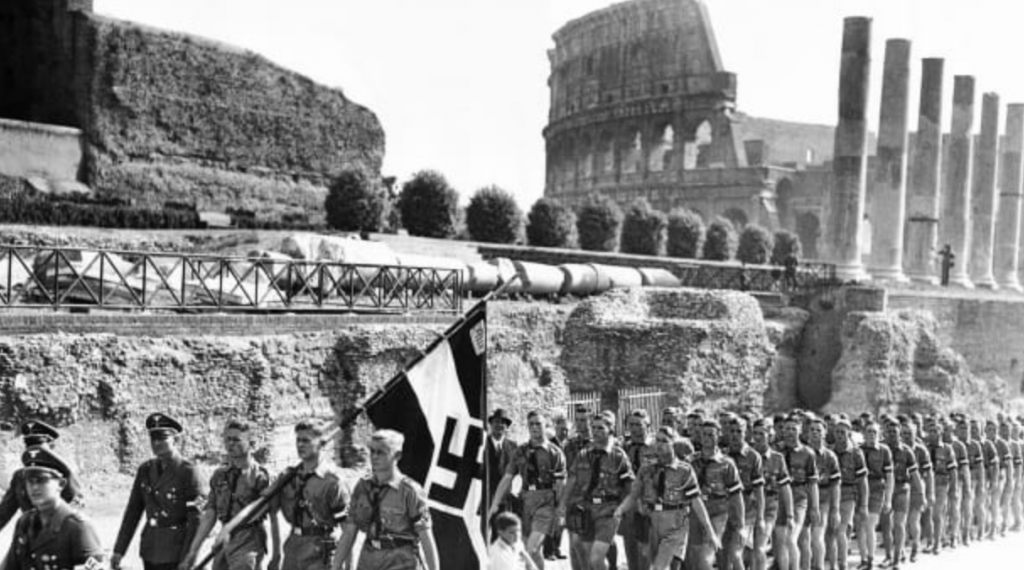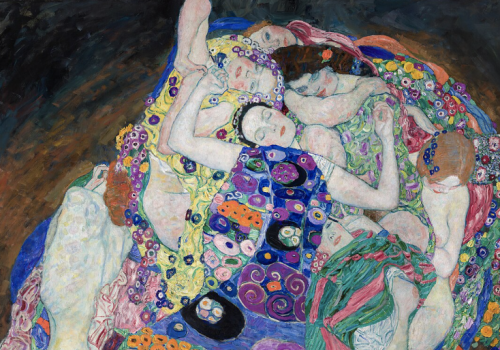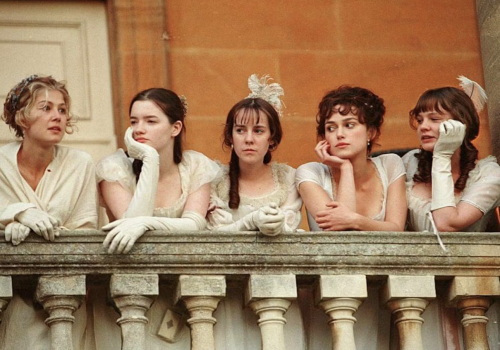Le Piccole Virtù
The Little Virtues, first published in 1962 and translated to English from Italian by Dick Davis in 1985, is a collection of 11 short essays written by the Italian writer Natalia Ginzburg for different publications and journals in the post war years. The inside of the dust jacket reads, ‘ as far as the education of children is concerned I think they should be taught not the little virtues but the great ones.”
I was not expecting to be so moved by these little virtues.
A few of my favourite essays from the book
The Abruzzi
The first essay is about the time Natalia spent with her children and husband exiled in the Abruzzi, they were exiled because her husband Leone Ginzburg was a prominent anti facist. The essay begins, “God has given us this moment of peace.” Natalia describes the poverty of the Abruzzi, the cold of the winter, the aching homesickness but also the small joys, walks in the snow with her husband and children, eating oranges, making friends. Leone was later killed in a prison in Rome, he died alone after being subjected to extreme torture by the Nazi’s after their invasion of Rome in late 1943. Looking back at their time in exile, it now strikes Natalia that this was the happiest time of her life.
“There is a kind of uniform monotony in the fate of man. Our lives unfold according to ancient , unchangeable laws, according to an invariable and ancient rhythm. Our dreams are never realised and as soon as we see them betrayed we realise that the intensest joys of our life have nothing to do with reality. No sooner do we see them betrayed than we are consumed with regret for the time when they glowed within us. And in this succession of hopes and regrets our life slips by” Winter in the Abruzzi by Natalia Ginzburg
Worn Out Shoes
The next essay is very short and was written about the time after the war. A time when the children were sent to live with their grandmother whilst Natalia stayed in Rome. She describes how worn her shoes were at this time but her reluctance to buy new ones when during the war she had survived in shoes much more worn than the ones she is wearing now. Her family was one where her shoes were never worn out, in childhood she was spoilt but in Rome she was alone for the first time.

“My shoes are worn out, and the friend I like with also has worn-out shoes. When we are together we often talk about shoes. If I talk about the time when I shall be an old famous writer, she immediately asks me “What shoes will you wear?” […] I belong to a family in which everyone has sound solid shoes. […] Whenever I visit them they utter cries of indignation and sorrow at the sight of my shoes. But I know it is possible to live even with worn out shoes.” Worn-Out Shoes by Natalia Ginzburg
The Son of Man
“There has been a war and people have seen so many houses reduced to rubble that they no longer feel safe in their own homes which once seemed so quiet and secure. This is something that is incurable and will never be cured no matter how many years go by. True, we have a lamp on the table again, and a little vase of flowers, and pictures of loved ones, but we can no longer trust any of these things because once, suddenly, we had to leave them behind, or because we have searched through the rubble in vain.” The Son of Man by Natalia Ginzburg first published in 1946










Leave a Reply